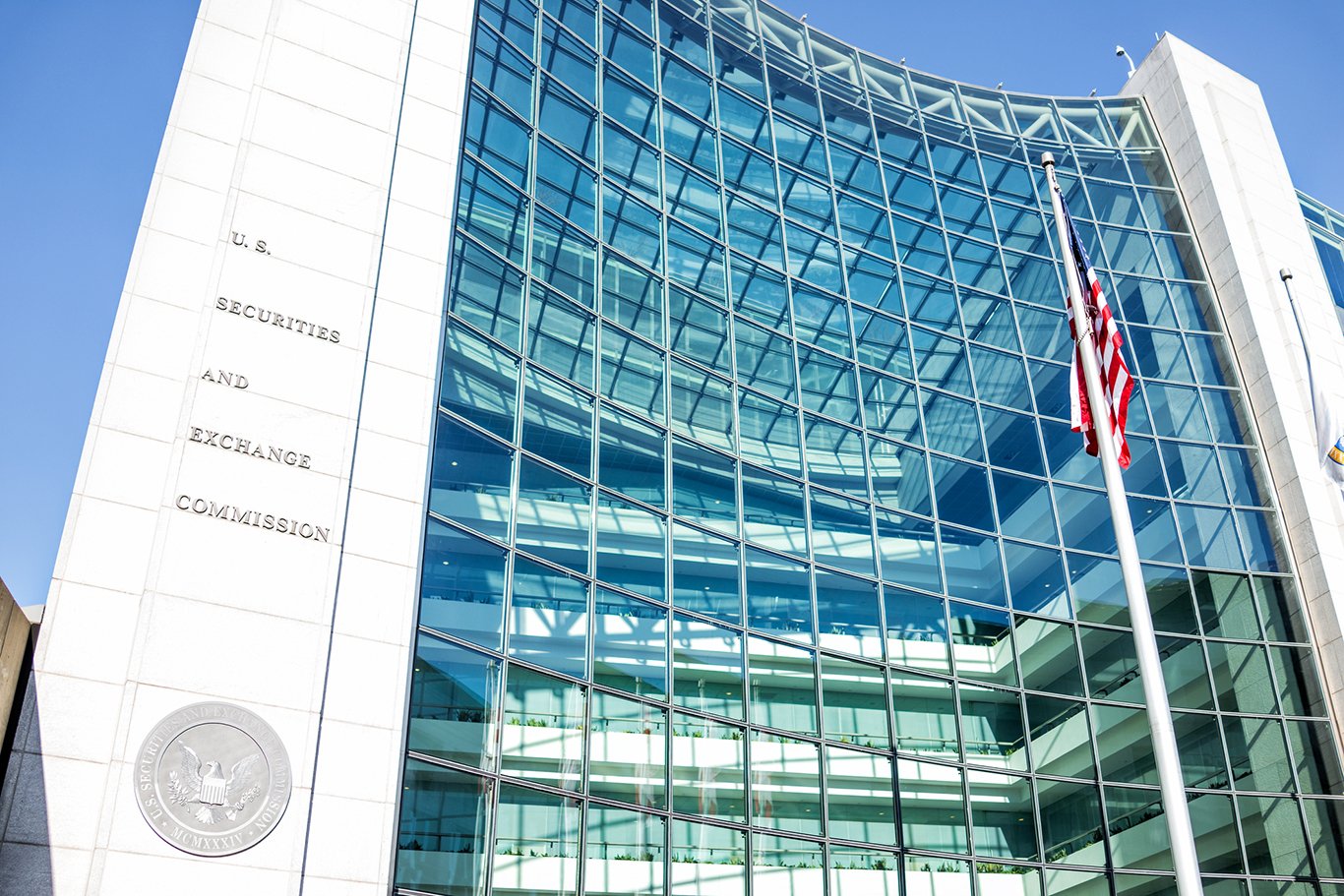On June 29, 2020 the US Securities and Exchange Commission (SEC) issued an order, granting an exemption from certain requirements of Rule 17h to broker-dealers that were previously subject to the Rule.
Section 17h was originally created under the Market Reform Act of 1990 in response to the infamous collapse of Drexel Burnham Lambert Group, Inc. (Drexel). The circumstances of Drexel’s failure revealed that broker-dealers could encounter serious financial difficulty due to the loss of market confidence, loss of access to the capital markets, or failure of the registered broker-dealer’s affiliates or the holding company itself.
Drexel was the ultimate holding company in the organizational structure of affiliated entities, which included SEC registered broker-dealer Drexel Burnham Lambert, Inc. The collapse was the result of the circumstances related to the capital transfer between Drexel and the troubled broker-dealer.
At the time of the collapse, Drexel was considered to be one of the top 10 largest investment banks in the United States.
Drexel’s collapse prompted changes in regulation, which resulted in the SEC adopting Rules 17h-1T and 17h-2T under Section 17(h) of the Exchange Act, commonly known as the Risk Assessment and Recordkeeping Requirements.
The Rule focuses on the monitoring of certain broker-dealers and their affiliated entities, including holding companies. The purpose of the Risk Assessment is twofold:
- first, to promulgate that regulated broker-dealers and their affiliated entities assess, monitor, and mitigate their own risk internally, and;
- second, to allow regulators to monitor the risks at a regulated entity and its affiliates externally.
Rule 17h requirements put the burden of reporting on broker-dealers and mandates that certain information is required to be provided to the SEC, including detailed accounts of all affiliated entities, including holding companies. This information is an important tool in determining the relative risk of a given entity and will help to identify potential issues in the organizational structure viewed at an enterprise level, rather than at an individual broker-dealer.
The original requirements of the Rule provided that broker-dealers that do not hold customer funds or securities, owe money or securities to customers, or otherwise carry the accounts of or for customers were exempt from the Rule provided that they maintain capital, including subordinated debt of less than $20 million. Effective June 29, 2020, such broker-dealers with capital between $20 million and $50 million are exempt from the Rule, so long as the broker-dealer maintains less than $1 billion in total assets.
The reason for exempting entities whose total assets are less than $1 billion is to prevent highly leveraged firms with small levels of capital from benefiting from the exemption. A combination of total assets and regulatory capital may reveal a high level of leverage, which can pose significant risks in absorbing potential losses. This in turn may create higher risks to counterparties and other creditors. Therefore, the SEC broker-dealer Risk Assessment Program will continue its quarterly reviews of those broker-dealers, for these attributes, in and amongst its affiliated entities, including holding companies.
Does your Broker-Dealer Qualify for the Exemption?
The newly issued exemption is only available to proprietary trading broker-dealers, which don’t have any customers and only trade their own money.
Roadmap to the Exemption:
Form X-17A-5 (“FOCUS Report”)
|
FOCUS Report Page Number
|
FOCUS Report Item Number
|
Questions to consider
|
Yes
|
No
|
|
Front page (page 0)
|
Items 40 or 41
|
Does respondent carry its own customer accounts?
|
|
|
|
Page 2
|
Item 940
|
Are Total Assets More than $1 billion?
|
|
|
|
Page 5
|
Item 3530
|
Are Total capital and allowable subordinated liabilities more than $50 million?
|
|
|
If you answered “NO”, to all of the questions above, your broker-dealer is likely to qualify for the exemption relief. This relief is available immediately.
If, however, you answered “YES” to any of the questions above, the exemptive relief is likely not available to your broker-dealer.
Other considerations in determining whether the exemption relief is available should include analyzing not just the FOCUS report for one reporting period, which commonly could be the most recent; but rather selecting a sample of reports covering a certain period of time and see if the threshold of the exemption was exceeded in the past. This will give you an idea regarding the likelihood of exceeding the parameters of the exemption in the future.
Finally, it is important to understand the current business circumstances of the company, whether it is growing or whether it is shrinking or certain aspects of the organization are slowing down. Do not forget to also consider thinking about the current organizational structure and whether there are plans to acquire other firms, legal and other factors, before reaching an affirmative conclusion.
Contributing authors to this article include Phil Dawicki at Foreside and Marina Baranovsky at Scitus Consulting


